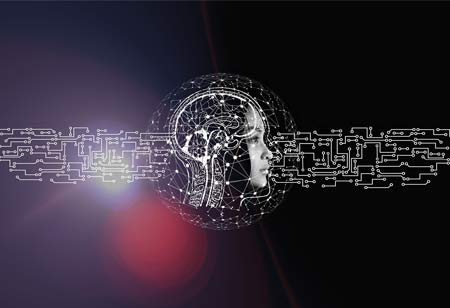THANK YOU FOR SUBSCRIBING
Be first to read the latest tech news, Industry Leader's Insights, and CIO interviews of medium and large enterprises exclusively from Education Technology Insights
Benefits of Artificial Intelligence in the Education Sector
Artificial Intelligence (AI) is being used extensively across industries today to enhance processes and create new, engaging experiences.

By
Education Technology Insights | Wednesday, November 16, 2022
Stay ahead of the industry with exclusive feature stories on the top companies, expert insights and the latest news delivered straight to your inbox. Subscribe today.
Schools can benefit from AI by making teaching and administrative tasks easier, allowing educators and administrators to focus on engaging directly with students, staff, and other stakeholders.
FREMONT, CA: Artificial Intelligence (AI) is being used extensively across industries today to enhance processes and create new, engaging experiences. Using AI as a tool in education has many benefits, including increased efficiency from automating routine tasks and access to valuable data insights that teachers and administrators can use to tailor curriculum or personalize student learning experiences. As a result of AI in education, teachers and administrators can spend more time supporting students, teachers, staff, schools, and stakeholders, resulting in better outcomes for students.
AI, for example, can automate repetitive or time-consuming tasks in schools, making teachers and administrators more available and able to focus on the most humane aspects of their jobs.
Schools can benefit from AI by making teaching and administrative tasks easier, allowing educators and administrators to focus on engaging directly with students, staff, and other stakeholders.
Taking attendance: Administrators and office staff can use AI to track student attendance, keep track of known absences, or notify parents about unplanned absences. With automated attendance taking, school administration and office staff can focus on more important tasks, such as providing necessary help to teachers and students throughout the day or to visitors.
Scoring an essay: Teachers can use AI systems to review students' essays for grammar, sentence structure, and plagiarism. AI can also determine whether students understood their assignments and if they wrote about the prompt correctly. Teachers can save countless hours by having an AI system go over each essay first before doing their own review, giving them more time to work with students one-on-one or do other necessary tasks.
Comprehension of students and classes: Depending on how students take tests, teachers already have some options for automatically determining their scores. Teachers can use AI systems to identify general comprehension of certain subjects. With AI-driven insights, teachers can quickly determine how well students or a class understand topics based on individual and collective performance on assignments and tests. The information could then be used by teachers to determine if they need to revisit those topics in class or to personalize student learning in some way. As well this information could help administrators and district employees determine if such topics are generally understood throughout classrooms and other schools, guiding curriculum changes or identifying areas where enhancements are needed.
Notes in real-time: AI systems can also help students with visual or auditory impairments using speech-to-text technology and recording lectures. As well, if students have difficulty paying attention in class because they're busy taking notes, AI could be used to create a transcript synced with a recording of the class so students can listen or read what a teacher said at a specific point. Teachers also save time because they don't need to provide students with their own lesson recaps and notes.







